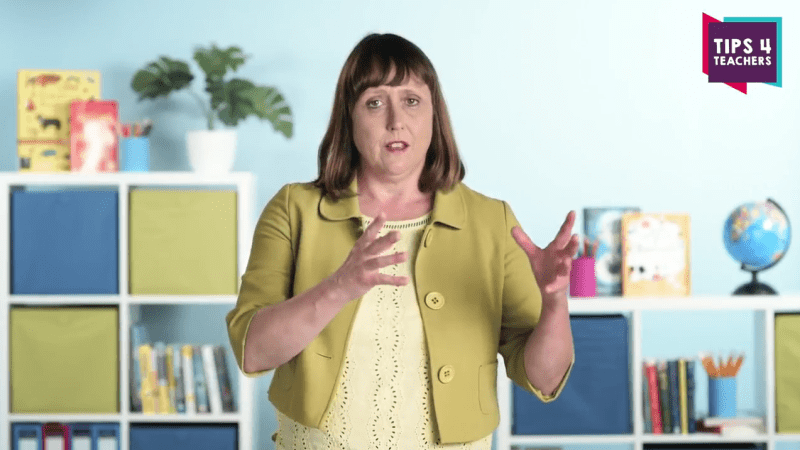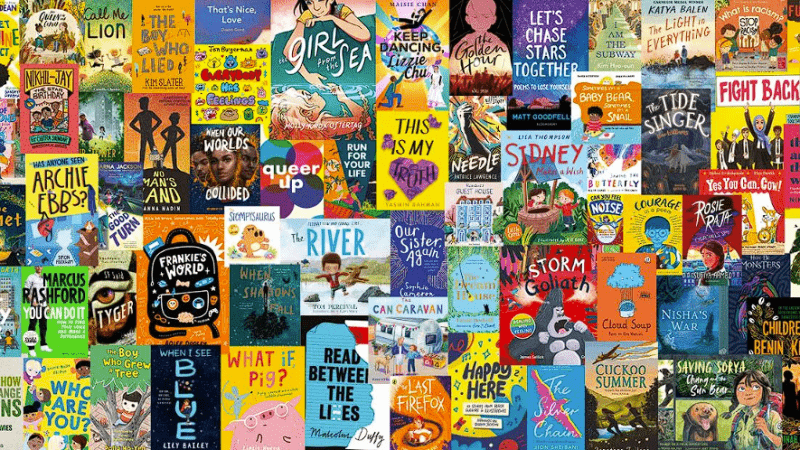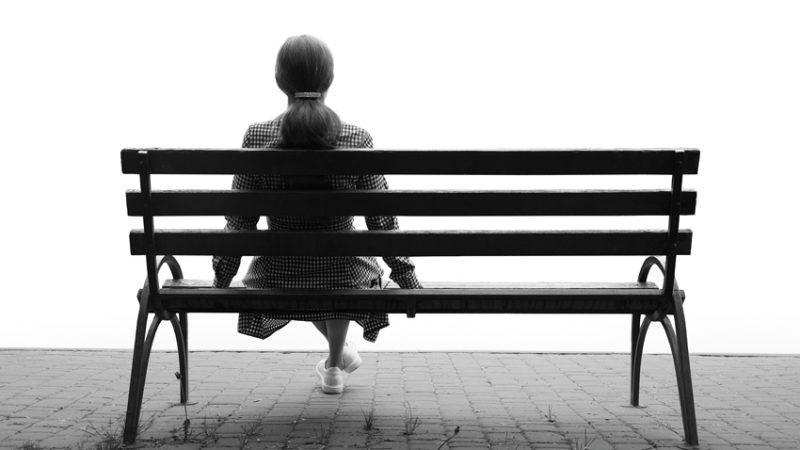RSE curriculum – What makes ‘the perfect partner’?
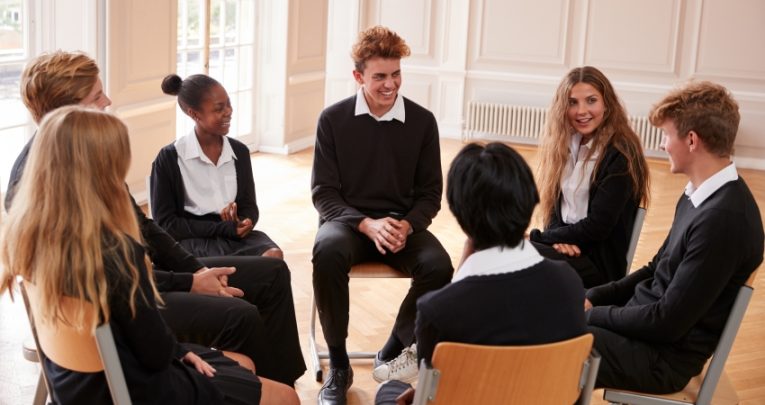
Cathy Press offers some advice on how to tackle what can be a difficult, yet valuable discussion topic in RSE lessons
- by Cathy Press
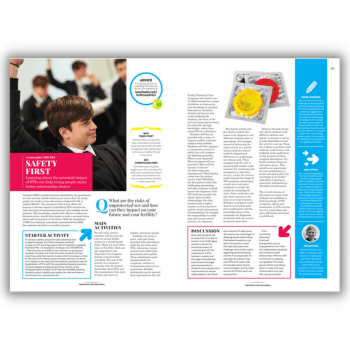
As children grow up, they’ll face a range of new experiences and challenges.
Classroom are ideal environments for conversations around what healthy relationships look like. Behaviours such as gaslighting, verbal abuse, put-downs and humiliation are becoming increasingly normalised in friendships and relationships. This is both in person and online.
Such experiences can have a serious impact on young people’s social development, academic achievement and long-term life chances.
Learning about healthy relations in the safe environment of a classroom will help them learn how to spot signs of toxic behaviour. They’ll also learn how to make better, more informed choices.
Open discussion
When introducing the topic, stress that it’s an open discussion around what your students understand about relationships. Be clear from the outset that we can all have differing ideas and opinions. There’s no right or wrong ideas or answers. This is an exploration of what we believe, think and feel.
Set some ground rules regarding the key issues before you start, including confidentiality limits.
Tell your students about the themes you’ll be exploring so that they have a sense of where things are going and how they can expect the topic to progress. Encourage them to keep their own personal experiences or stories private.
If they’d like to share something private, they can do so via a question box, or with you directly after the session.
The discussion can then proceed in pairs or across the whole group. Encourage students to consider what key messages about relationships all young people should know. What are these messages? How best can they convey them to their peers?
Set up a small box in which students can ask questions discreetly and/or anonymously. Include a ‘Closing Comments’ check-out at the end, so that they can pen their reflections anonymously.
No shame
If you don’t know the answer to a question, there’s no shame in that. If the teacher can model this, students will feel safe in admitting they don’t currently have an answer. They’ll feel supported in seeking out information with which they can reach an answer for themselves.
Be sure to hear everyone’s views and ideas. There shouldn’t be any sense of shame to an idea or belief shared. The subject can feel sensitive or difficult to discuss – but that’s no reason to avoid it.
Cathy Press has worked as an integrative psychotherapist and clinical supervisor for over 25 years. She specialises in domestic and sexual violence and abuse. For more information, visit cathypress.co.uk





